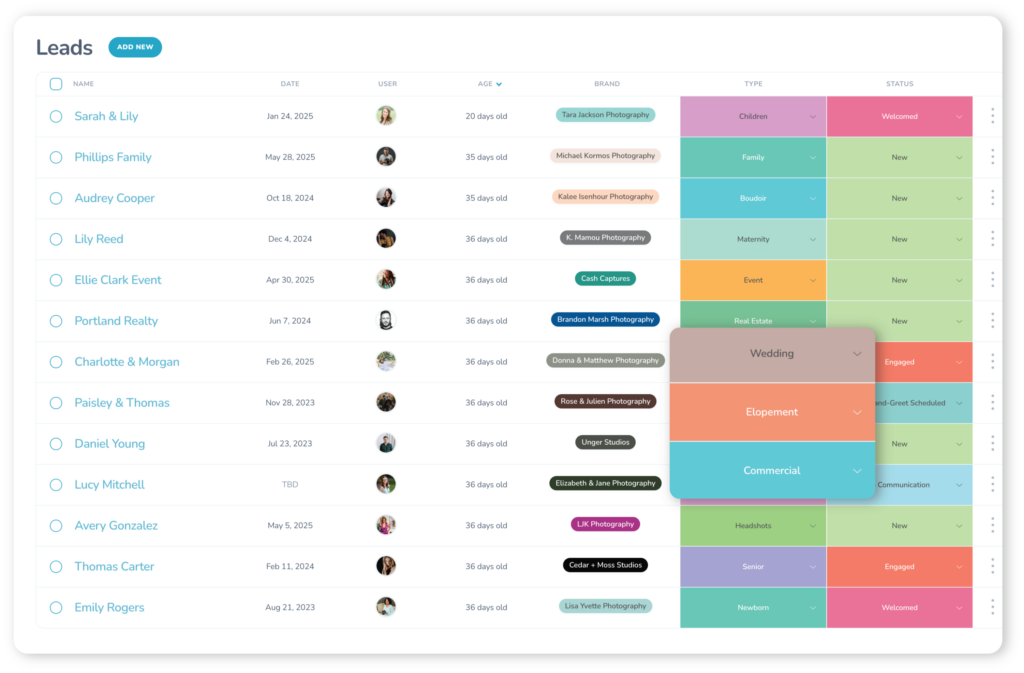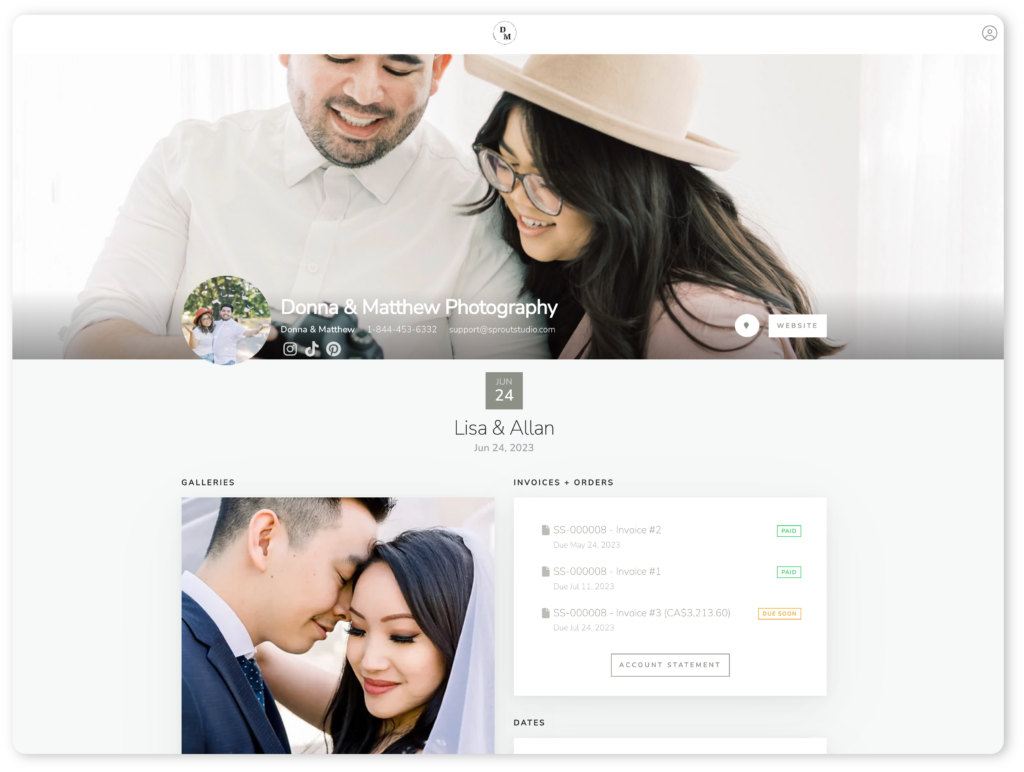Your clients say they want digital, but you know that what they really need is a print.
I believe it’s a fundamental disservice to your clients if you don’t try and create beautiful heirlooms for them to enjoy in their homes and to pass down for generations.
Long live the print! Your images must not live and die on a hard drive.
What if you could do both, though … give your client what they say they want and what they really need?
A while ago I wrote an article called “A Comprehensive Guide for Photographers Maximizing Value of Digital Files”. In it, I explained why I believe you must say “Yes” to your clients when they ask the ever-dreaded “Do you offer digital files?” question, and I showed you how you can price your digital files and still be profitable.
But what if you still aren’t comfortable offering digital files by themselves?
That’s ok, because this is still an option. You can still say “Yes”, you just need to add 1 word to the end … that word is “And”.
You must say “Yes, and …”, to the question about digital files. What comes after the “and …” is critical.
Using the “Gate Technique” to create a win-win
You can use your digital files as a pull-through product to incentivize your clients to get what they really need; a printed product. This is what I call the Gate Technique. To explain it better, let me share a popular saying that is infamous in the “sales” world:
“Tell them what they want. Give them what they need.”
This Gate Technique is the application of this quote, but for photographers. It’s where the “Yes, and ...” gets finished.
When your client asks “Do you offer digital files?”, you can answer with something like “Yes, and you’ll get the digital file when you order … “, and then fill in the “…” with whatever it is you’re “gating” the digital files with.
When you “gate” your digital files with a printed product, you’re creating a win-win for everyone. Your client gets what they say they want and what they really need, and you get to deliver a beautiful finished product while still offering a “yes” focused customer experience.
Examples of the gate technique in use
Here are 3 examples of the gate technique, where you can use a printed product as a “gate” to the digital files. I’ve also included some sample wording as to how you might be able to answer the “Do you offer digital files?” question:
- Include 8×10-sized digital files with any print ordered larger than a 12×18. Answer with “Yes, and you’ll receive a medium-resolution archive-quality digital file with every wall portrait you order.”
- Include high-resolution digital files of any images printed in a book or album, to be delivered at the same time the book or album is delivered. Answer with “Yes, and you will receive a digital archival copy of every image we include in your album.”
- Include digital files of all images in a print order for orders over $1200, or whatever your “target” print order is. Answer with “Yes, and you’ll receive the entire digital set of archival-quality images with your print order when you purchase over $1200 worth of wall portraits and prints.”
Side-note: Notice how I am using the wording “archive” when I talk about digital files? It’s a small distinction that sets the context of digital being used only for archiving and not for printing on their own.
One question that will change everything
All of these tactics aside, sometimes it’s just as important to ask the “Why?” question to your clients. Ask them “Why are you interested in the digital file?” and then shut-up. Just let them tell you why. It will give you clarity as to why they’re inquiring about it, and will tell you how you can answer the question and be specific to their needs.
Imagine going into a 5-minute rant about the importance of prints after your client asks about the digital files, only to find out that your client was only curious because they want to email an image to their Aunt in Italy for a slideshow at a family wedding. Asking the “Why?” question would have clarified what they were really looking for.
There’s one thing you can do to gain greater clarity on almost any objection … simply ask the “Why?” question.
In my experience, the answer to the “Why?” question for digital files is usually:
- I just thought that’s what should be included.
- I want to share them online and via email.
- I want to have them on my phone.
- I don’t know, I just didn’t know what else to ask.
What “Pricing for Profit” is really about
I may get some flack for this article, because some photographers still resist the idea of offering digital files, but let me remind you that at the end of the day, we are service providers. We cannot resist change and we must adapt to our ever-changing industry. We need to find a way to stay true to our beliefs while also offering a product and a service that our clients ask for. Above all else, we must generate a profit so that we can make a living.
Let me finish this article with a small reminder about what “Pricing for Profit” really means:
Pricing for Profit is not gouging your clients or being unreasonable with your prices. It isn’t about being expensive or being pushy or sales-y. It isn’t about being tricky and setting your clients up for a bait-and-switch. It isn’t charging more so you can do less. It isn’t about raising your price for no reason, and it certainly isn’t about artificially inflating your prices.
Pricing for Profit is about being reasonable. It is about putting in an honest days work for an honest days pay. It is about being sustainable as a photographer. It is about long-term success. It is about happy clients. It is about charging what you’re worth and giving great value in return. It is about knowing why you charge what you charge, and about making smart, strategic, calculated decisions.













